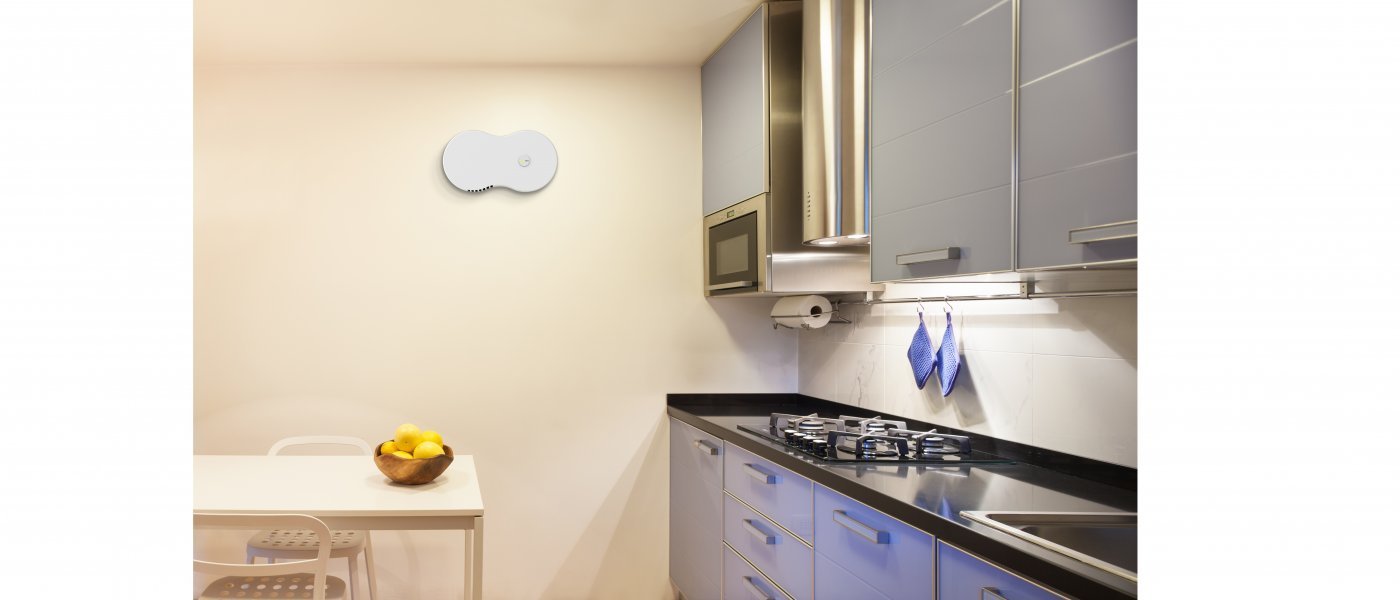We use cookies to help improve our website and personalise your experience. To find out more about how to manage these cookies, please see our cookie policy.
close
- Products
- Consumer
- Social Housing
- Building Services
- Developers
- Distributors
- About Us






